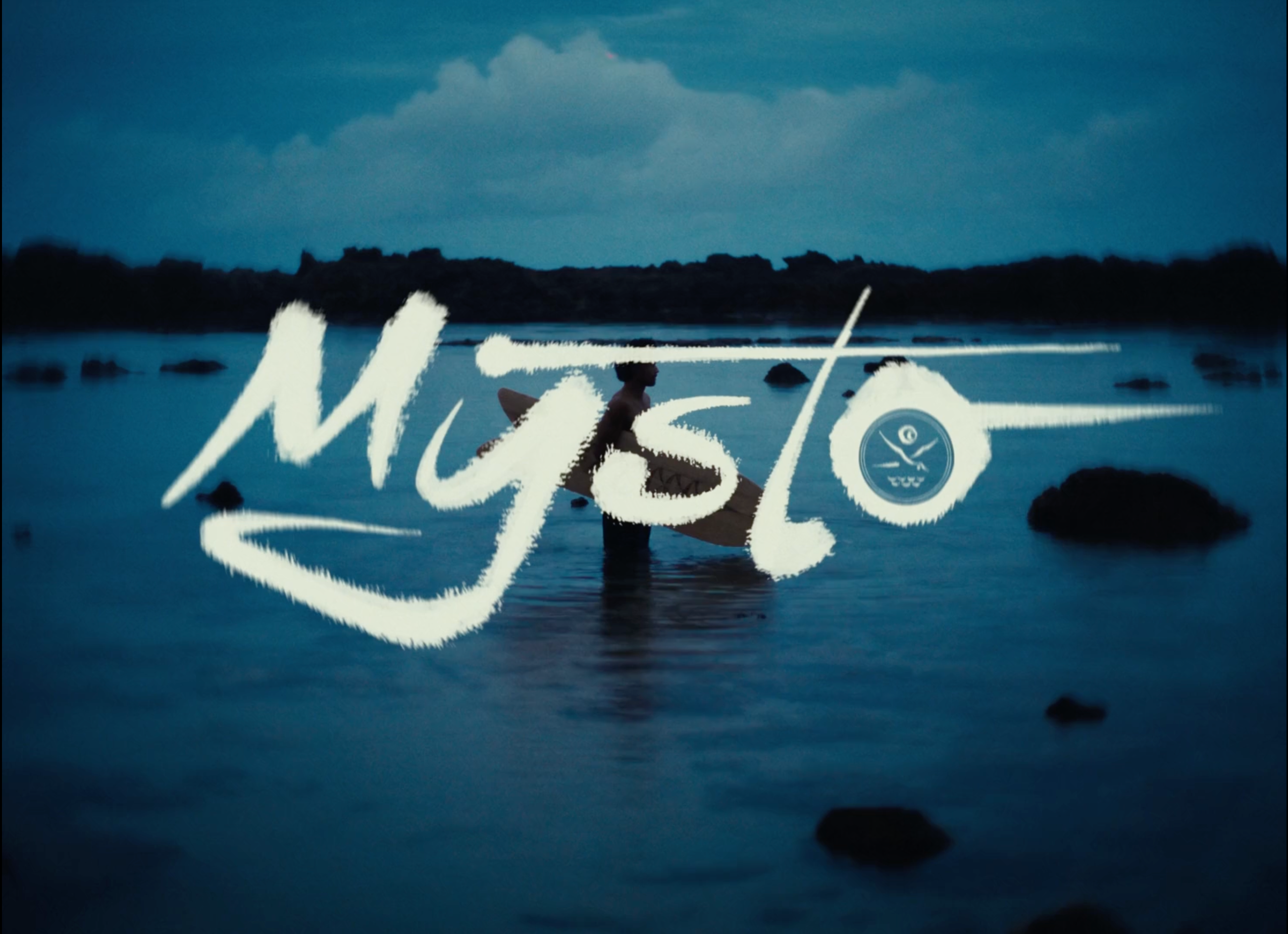Safety First: Staying Safe On Your Dream Getaway
With a worldwide reputation for some of the most beautiful beaches on the planet, Hawaii’s beaches are also among the most dangerous in the world. Never turn your back on the unforgiving sea. Monster waves, strong currents, shore hazards, and life-threatening sea creatures can turn a dream vacation into a nightmare. Safety First The spectacular sparkling waters surrounding the Hawaiian Islands often appear deceivingly safe. Drowning is the leading cause of death for visitors to the Hawaiian Islands and noted as the fifth cause of death among all Hawaii residents. Visitors, as well as residents, with little experience of the unique Hawaii shoreline are strongly advised not to venture into unguarded waters. High Surf During certain seasons of the year, many of Hawaii’s beaches have dangerous rogue waves and powerful currents with undertow. Always approach the ocean with caution. Watch the water when taking a walk along the shoreline; you never know when a wave might sneak up on you and sweep you out to sea. Typically, during the winter season from November through February, waves are highest on the northern shores of the islands. During the warmer summer season of June through August, monster waves of giant size and strength appear on south shores. Before heading to the beach, always check to see if there are high surf warnings posted. Pay close attention to ocean conditions and heed posted warnings when walking near or venturing into the ocean. The signs are posted for a reason with near-death drowning accounting for more than half of all hospitalizations in Hawaii for non-fatal injuries. The majority of water incidents occur because of a choice made, not a random accident. If unsure of the conditions, talk to the local lifeguard, note what others are doing and determine where the waves break on the shore. Know your own limitations and do not try to exceed them. Always trust your swimming abilities rather than putting your faith in a floatation device. When in doubt, don’t go out. If, when swimming in the ocean, you find yourself sucked up by a powerful rip current that is pulling you out to sea and away from the beach, it is important to remember not to panic. Remain calm and ride the current. Do not try to swim against it, which will exhaust your strength. As soon as the current becomes weaker and releases its grip, attempt to swim towards the beach. Drowning And Spinal Cord Injuries Known as the “beaches of broken necks and bone,” Sandy Beach on Oahu presents powerful shore breaks responsible for many life-threatening accidents. Sandy is a beach best left to experienced surfers and body boarders only, and even those with skill do not escape serious injury. Ocean activities such as surfing, paddle boarding, body surfing, body boarding, diving, and being flipped in the air by a random wave are the biggest cause of spinal cord injuries. Smashing your head on the ocean floor while attempting to surf is the second cause of tourist emergency room visits and hospitalizations in Hawaii. Reef Cuts Surfers, snorkelers, and swimmers are advised to wear protective reef shoes to guard tender feet from scrapes and cuts, which can quickly become infected. The majority of Hawaii beaches have a coral reef and sharp boulders scattered on the ocean bottom near shore.Waikiki Beach on Oahu is one such beach with a coral reef. During low tide, swimming is not advised as the reef is just under the water’s surface and swimmer’s can easily incur injury when making swimming movements. When skin is wet, it is easy to get a cut and not even feel it when in the water. Remember, coral reefs are alive and host bacteria. In the case of an injury, its important to disinfect the cut as soon as possible, seeking medical attention if the cut is deep or ragged. Flash Floods The spectacular green hills and dramatic cliffs that dominate the skyline are crisscrossed with mountain streams. Heavy rains generate flash floods that rage down the mountain to empty into the sea. Seven Sacred Falls in Oheo Gulch on the island of Maui has been the scene of multiple flash flood events. Sadly, several people were swept off their feet and carried all the way to the ocean where they drowned. Dangerous Creatures Of The Deep When venturing into the waters off the Hawaiian Islands, Portuguese Man-Of-War or box jellyfish sometimes sting ocean goers. Box jellyfish typically arrive on northern shores approximately seven to 10 days after the full moon of each month. While a sting can be very painful, for most people, hospitalization is not required. However, some people suffer a severe allergic reaction calling for medical intervention. Avoid entering the ocean at dawn, dusk or during the night. Why? These are the times that sharks are most active and dangerously aggressive. Also, during certain times of the year, sharks are exceptionally violent. The Hawaii Division of Land & Natural Resources (DLNR) reports the majority of shark attacks happen in October and November when sharks have recently given birth and are very hungry. Avoid becoming their next meal.



















